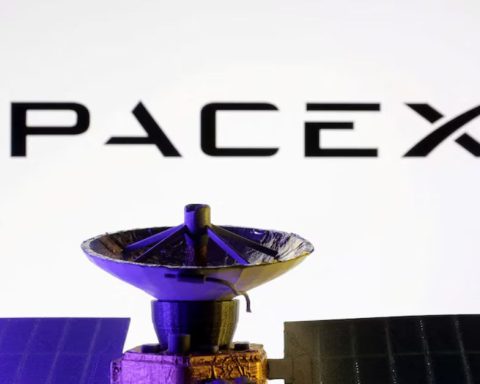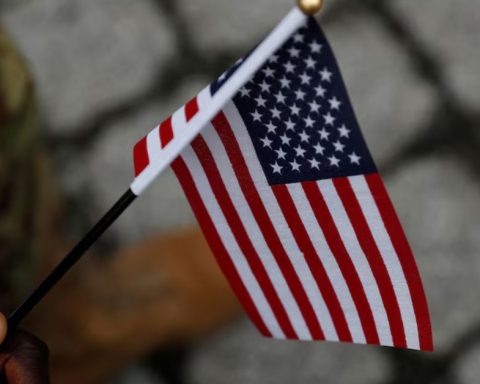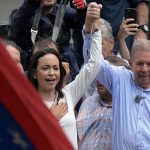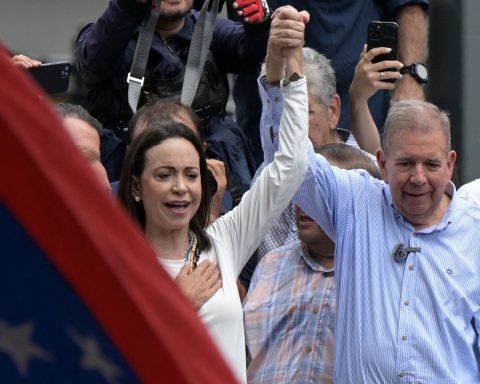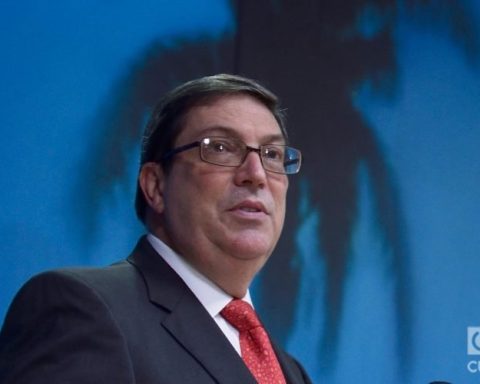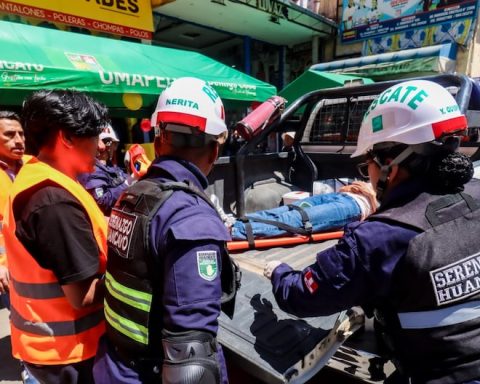The year ends. World Cup ends. An economic period ends where, as in football, two very different times were presented. In the first, which covers the first semester of 2022, the Bolivian economy benefited from a fabulous external context. Due to the war between Ukraine and Russia, the prices of natural gas, minerals and food rose significantly, this translated into record exports and a trade surplus. In this context, the economy grew by 4.13%.
The boost to domestic demand also contributed to the better economic performance. However, the best result, this was not enough to pay the second bonus.
In the first six months of the year, the price level reached 1.58%. With these results, the Government coined the propaganda phrase that we had the lowest inflation on the continent and the world. Employment also recovered and we registered a low unemployment rate of 4.2%. Here it is necessary to clarify that a good part of this economic recovery occurs in the informal sector where the jobs are of very poor quality.
At the beginning of the second half, between July and August to continue with the football jargon, there is an inflection in several of the aforementioned indicators, for example, the gross domestic product (GDP) slows down, due to the deterioration in the external sector of the economy. Indeed, in the second half of the year, the international prices of raw materials register a downward trend. In the international hydrocarbons market, the United States intervened by selling its strategic reserves of black gold and sought that its allies also offer more oil and gas. Likewise, due to pressure from the international community, Russia and Ukraine, despite the war, made a pact not to attack ports and ships that transport food. This led to an appeasement in international grain prices. Also the prices of minerals in the world market stabilized.
A concrete fact that reflects the deterioration of the external sector in the second half of 2022, without a doubt, is that the energy trade balance turns negative (diesel and gasoline imports exceed gas exports) from April and deepens in the second semester. The deficit that will be recorded is around US$1,000 million, a fact that reflects the structural decline of the Bolivian gas sector due to lack of energy production.
Secondly, economic growth is affected by the 36-day strike in Santa Cruz, the blockades to the region by social movements related to the Government and the state export bans. All these political actions, according to government estimates, would have produced an economic loss of around $1 billion, between 2% and 2.5% of GDP. In other words, growth will be around 3.5%, far from the 5.1% projected by the Government. Consistent with this, the unemployment rate would have worsened slightly in the last half of the year. Inflation in the second semester shoots up also due to the political crisis. Already in October inflation jumped 0.75% and in November, which was the epicenter of the crisis, inflation of 0.49% was registered and probably a similar value will occur in December. Therefore, until the end of the year, inflation could be around 3.4% and 3.6%.
This is the reading of the “foam of history.” However, it should also be noted that, throughout the year, the serious structural problems of the Bolivian economy have deepened. As we have mentioned, we are facing the decline of the gas sector. The oxygen of the primary development model, rentier exporter, merchant and centralist is running out. The model is leaking because it does not have financing. Likewise, the forms of financing, which tried to lengthen the agony of the model, have deteriorated. The global public deficit remains very high, over 8% of the product, the international reserves of the Central Bank of Bolivia continue to fall and the incredible figure of $us 3.800 million as of November has been reached, while only 900 million dollars They are in currencies.
Very high levels of external and internal debt have also been reached, which added to all the commitments reaches 80% of GDP, namely: external debt, 28%, internal debt, 30%, and debts of public companies to the State, 20%. . Of course, in the year that is ending, the appreciation of the real exchange rate in Bolivia continues, which inflates the informal economy.
Likewise, environmental problems have deepened with the greening that has occurred in the mining sector, especially in gold. Exports of the precious metal will exceed $2.6 billion, but taxes are extremely low and do not compensate for the drop in income from the oil sector. Finally, and therefore no less important, there is the political deterioration that has affected the economy. On the one hand, we are facing a deepening of social and political polarization and, on the other hand, there is the division of the ruling party that reduces governability. to the administration of President Arce. Both political facts saw the floor for the economy.
What awaits us for the year 2023? I would say a year very similar to the one that ends: the economy slowing down, inflation rising and the deterioration of various macroeconomic indicators. For example, it will be the year in which the largest confiscation of citizens’ resources will take place: the long-term Public Manager, a public monopoly, will take over 23,000 million dollars that are now deposited in the AFPs. Certainly, this is a topic that should enter the debate next year with great force.
As can be concluded from the approved General State Budget, the Government will continue scraping the pot and looking for alternative sources of financing, for example, it wants to borrow more abroad, around $2,000 million, and it will use the state company, YPFB, to get more resources. The company will need to monetize its future revenue.
With this column I also close the year. The column makes a brief recess. Not without first thanking him for his kind Sunday company. We will be back in the first weeks of January. I wish you wonderful end-of-year parties.
*Gonzalo Chávez Álvarez is an Economist

